how can a light microscope work
An electron microscope is a microscope that uses a beam of accelerated electrons as a source of illumination. Although objective manufacturers work to increase the working distance on higher power objectives working.

An Introduction To The Light Microscope Light Microscopy Techniques And Applications Technology Networks
This means that they use a light source to illuminate magnify and view the specimen.

. How does it work. Electron microscopes use shaped magnetic. The stereo stereoscopic or dissecting microscope is an optical microscope variant designed for low magnification observation of a sample typically using light reflected from the surface of an object rather than transmitted through it.
However because the NA has a finite maximum value approximately 13 the useful range of magnification is limited to about 1800x for conventional light microscopes. Magnification beyond the useful range which can occur whenever digital microscope cameras display images on large monitors is called empty magnification. You can adjust the base for a thicker specimen although the use of thin slides is more commonly used.
The intelligent motorized aperture and luminous field diaphragm automatically control contrast and illumination in both the reflected and transmitted light. They use light rays to focus on a specimen to form an image that can be viewed by the objective lenses. How does an inverted microscope work.
We have mentioned earlier that compound microscopes are a type of light microscope- specifically bright field microscopes. This is usually done with Kodak Color Compensation abbreviated CC filters that can be placed in the light path of the enlarger or. Trinocular heads have two eyepieces plus an additional port to which a camera can be attached for still and live imaging.
This work is licensed under a Creative Commons Attribution-NonCommercial-NoDerivs 25 LicenseCreative Commons Attribution-NonCommercial-NoDerivs 25. A compound light microscope has its own light source in its base. Modern descendants of van Leeuwenhoeks light microscope can be over 6 feet tall but they continue to be indispensable to cell biologists because unlike electron microscopes light.
With inverted microscopes you look at samples from below because their optics are placed under the sample stage. However in the inverted microscope the light source and the condenser are found on top of the stage pointing down to the stage. Below is a chart to give you a sense of the range and scale of the different microscopes.
How does a compound light microscope work. Often inverted microscopes are used for observing cell and tissue cultures. Among all microscopes both light and electron microscopes TEM are the most powerful microscopes used in laboratories.
PERFECT FOR ELECTRONICSSOLDERING WORK. A light microscope can see things down to about 0002 millimeters and an electron microscope can see things down to about 00000001 millimeters. Typically a small circle of Polaroid film is introduced into the filter tray or beneath the substage condenser and a second piece is fitted in a cap above the eyepiece or within the housing where the observation tubes connect to the microscope body.
Using an instrument the size of his palm Anton van Leeuwenhoek was able to study the movements of one-celled organisms. As a result you can study live organisms such as bacteria and cells. A light microscope uses light and lenses to magnify an object.
Light Microscope Vs Electron Microscope. Furthermore because this telescope only uses light you can view both alive and dead specimens. Color Correction - Photographers and microscopists often must make slight corrections in the color of the illumination in photographic enlargers and microscope optical paths to insure accurate color rendition.
This fact is the opposite of upright microscopes where you look at samples from above. Inverted Light Microscopes. This TEM microscope has several advantages compared to the light microscope with its efficiency also being very high.
Microscope Ring Light - 144 LED Ring Light Variable Intensity by Section. The instrument uses two separate optical paths with two objectives and eyepieces to provide slightly different viewing angles to the left and right eyes. It can magnify a mall particle of about 2nm and therefore they have a resolution limit of 02um.
The working principle of the inverted microscope is basically the same as that of an upright light microscope. As the wavelength of an electron can be up to 100000 times shorter than that of visible light photons electron microscopes have a higher resolving power than light microscopes and can reveal the structure of smaller objects. 35x-45x lockable stereo zoom magnification.
The motorized 10-position reflector turret synchronized with the fast Colibri LED light source exhibits a wide selection of excitation wavelengths for brilliant results without pixel shift. For simple qualitative work a standard microscope can be converted for polarized light studies.

Microscope Kids Britannica Kids Homework Help
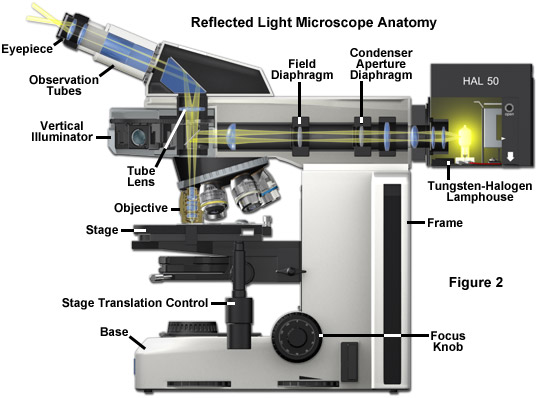
Zeiss Microscopy Online Campus Microscopy Basics Reflected Light Microscopy
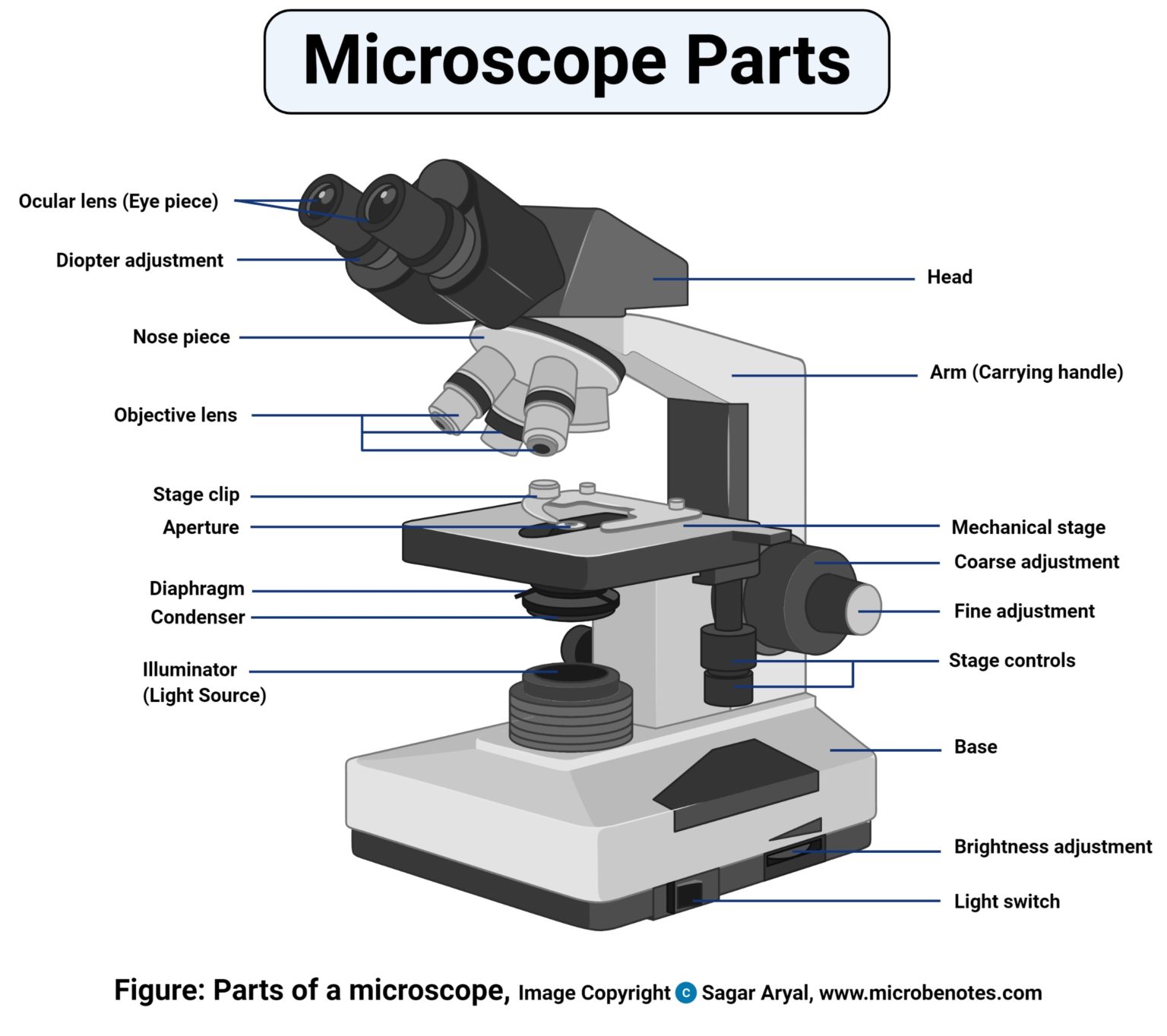
Parts Of A Microscope With Functions And Labeled Diagram
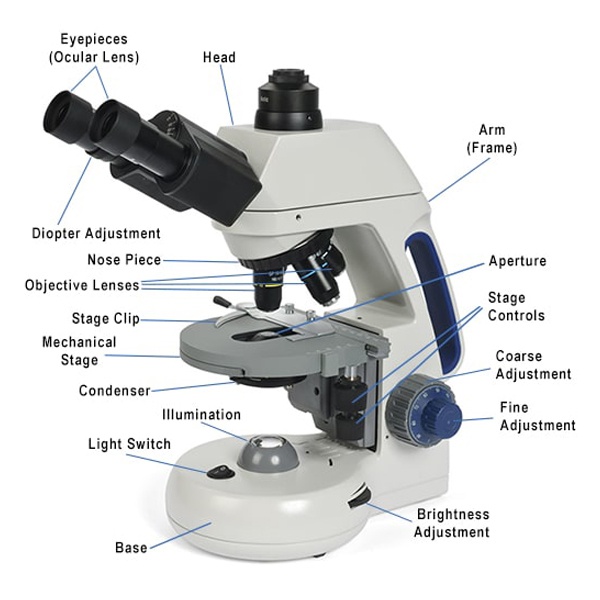
What Is A Compound Microscope New York Microscope Company
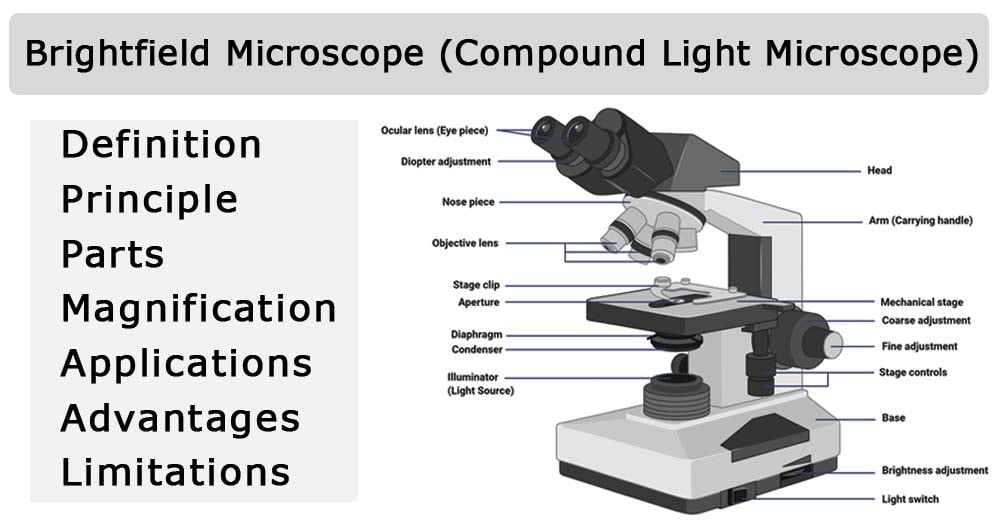
Brightfield Microscope Compound Light Microscope Definition Principle Parts

Microscope World Blog How Does A Light Microscope Work

Light Microscopy Function And Utility Youtube

Compound Microscope Parts Diagram Definition Application Working Principle

Parts Of A Microscope With Their Functions Microbe Online
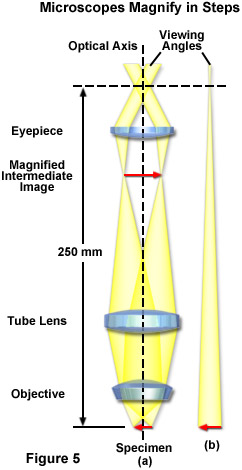
Zeiss Microscopy Online Campus Microscopy Basics Introduction
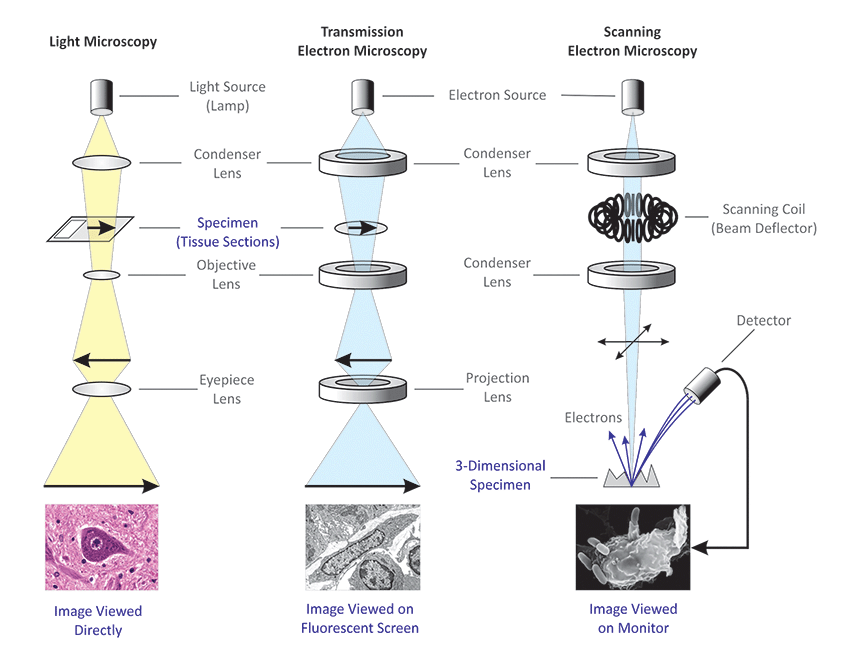
Differences Between Light Microscope And Electron Microscope
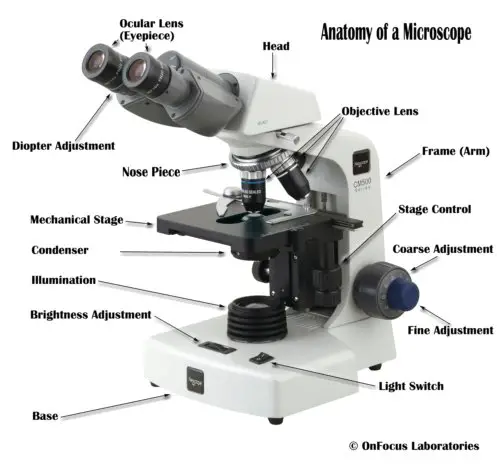
Microscope Parts And Functions

Parts Of A Microscope Diagram Microscope Microscope Parts Anatomy And Physiology Book

Compound Microscope Parts Of Compound Microscope

Optical Microscope An Overview Sciencedirect Topics

What Is Histology The Histology Guide
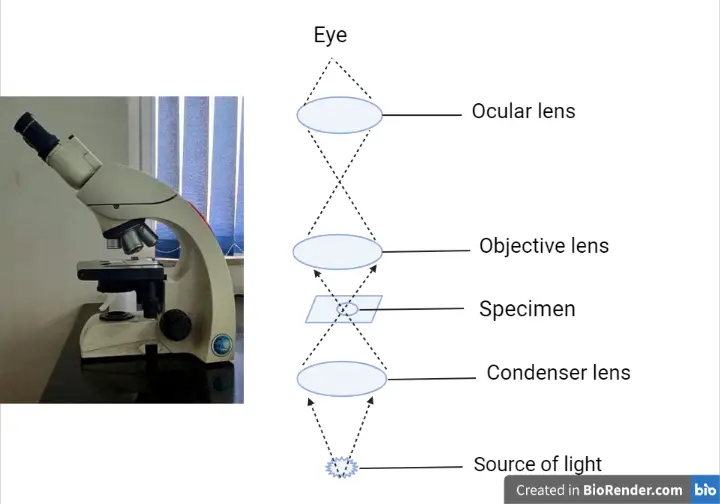
Working Mechanism Of Light Microscope Microbe Online

Microscope World Blog Microscope Troubleshooting

Light Microscope Definition Principle Types Parts Labeled Diagram Magnification